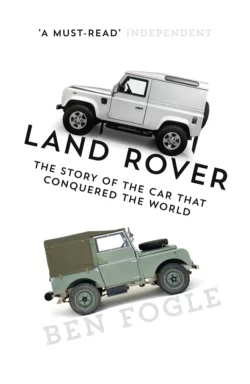Land Rover: The Story of the Car that Conquered the World

Ben Fogle
Тип: электронная книга
Жанр: Хобби, увлечения
Язык: на английском языке
Стоимость: 195.58 ₽
Статус: В продаже
Издательство: HarperCollins
Дата публикации: 28.04.2024
Отзывы: Пока нет Добавить отзыв
О книге: Land Rover: The Story of the Car that Conquered the World, электронная книга автора Ben Fogle на английском языке, в жанре хобби, увлечения